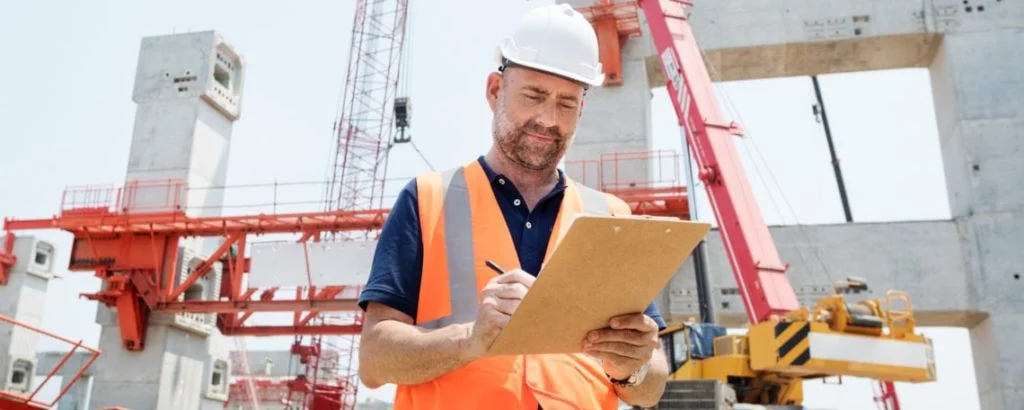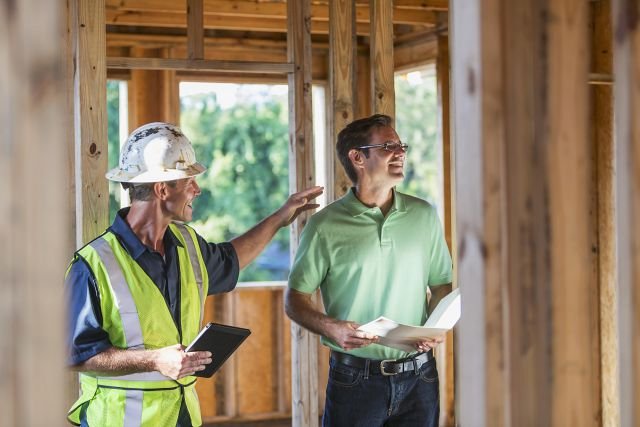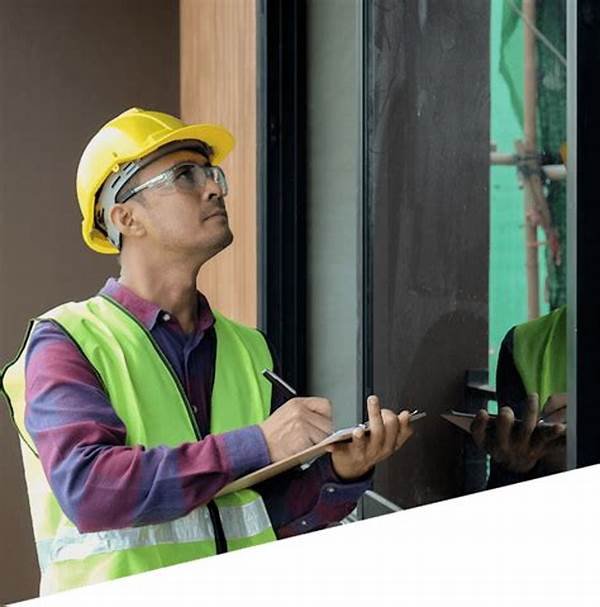
Table of Contents
If you own a building in either Miami-Dade or Broward county, you need to get your building inspected by a licensed engineer as per the local laws. And you need to do this once your building nears the 40-year mark; the reason why it is called 40-year recertification.
The engineer you hire will conduct a detailed structural building inspection, including the home foundation, and evaluate if it’s safe.
If there are any safety issues with your building, like integral vulnerabilities or structural failure, the engineer will document them. And thereafter, you will get an inspection report with the details of problems that you need to get fixed in a timely way.
The very purpose of a 40-year inspection is to ensure that your building’s aging does not pose a safety threat to its occupants. For this reason, engineers develop an in-depth understanding of your building’s maintenance requirements and recommend you accordingly.
You may have come across the term 50-year recertification, and you might wonder what exactly that means.
To put it simply, once you’ve got your building inspected and recertified after its 40th year, you need to do the same every ten years.
That means you’ve got to get your building certified in its 50th year, 60th year, and so on.
So 50-year recertification follows a similar building inspection and certification process as in the 40th year.
When you hire experts like licensed engineers or architects, they will carry out a detailed survey of each section of your building. And it’s not just the structural or home foundation inspection that we’re talking about, as it includes your electrical wirings, lighting, etc.
You see, the idea is to make sure that every aspect of your building is safe and nothing is left to chance.
So the main aspects of your building that the engineer inspects include the following:
There are other safety elements too that the engineer will look into and make recommendations on.

When your building turns forty years old, county or city code compliance officials will send you a ‘Notice of Required Inspection.’
The recertification dates you get will depend on your Structure’s Certificate of Occupancy or the anniversary of your original building.
The county laws have specified a period of 90 days from the date you get an inspection notice, within which you should get your property inspected. And it is the inspection report that your engineer or architect puts together which decides if your building will be recertified for another ten years.
Also Read: A Complete Guide To 40 Year Recertification For Condo Buildings (Miami-Dade and Broward)
It is possible that your engineer may find certain safety issues in your building, like a concrete crack, leaky waterproofing system, or outdated wiring. After all, your building is forty years old, so it’s likely to have maintenance or renovation requirements.
That’s why engineers detail the improvements needed for your property in their report. And the county laws allow you another 180 days to carry out the improvements as suggested by the inspection report.
Once you’ve carried out the required maintenance, including structural repairs, concrete waterproofing, replacing faulty structures, etc., the building is all set to be recertified.
So the engineer will visit again and prepare another report stating if you’ve addressed previously flagged concerns.
You see, as the property owner, it is your responsibility to comply with the recertification timeline.
If you don’t get your building inspected and recertified timely, it can result in a Civil Violation Notice. And that will make you liable for a penalty of up to $10,510, along with the enforcement costs that the county incurs.
And to make matters worse, recertification failure can lead to a complete evacuation of your building and, ultimately, its demolition.
You don’t want to face any of these penalties or legal challenges. Do you?
That’s why maintaining your property as per county laws and getting your 40-year recertification on time is something you shouldn’t ignore.
It may happen that you don’t receive a ‘Notice of Required Inspection’ from the county once your building turns forty.
However, you should still get your property inspected by a licensed engineer, comply with the inspection report, and get your recertification on time. That’s because even if you don’t get a notice, you can still face penalties for recertification failure.
Also, you’ll be held liable for accidents or any other incident that might occur in your building.
So it’s good to get the recertification done no matter whether you get a notice or not, as you can rest assured for the next ten years.
Read further: Why Garage floor resurfacing is best option for you?
As a Miami-Dade or Broward county resident, 40-year recertification is something you do need for your building. And that includes both commercial and residential structures in these counties.
But there are some properties that are exempted from this requirement.
For instance, if you own a single-family home in Miami-Dade county that is 2000 square feet or less in size and has ten or fewer residents, you don’t need a 40-year building inspection.
Similarly,
Similarly, if you are a resident of Broward county, your single-family home or duplex of size less than 3500 square feet will be exempted from recertification requirements.
You see, the worst thing you can do as a building owner is wait for the county to serve you an inspection notice. That’s because you’ll only have 90 days at that point in time to comply with the notice and get your building inspected.
Your building may require time-consuming maintenance and repairs that you can not do before the inspection timeline. That means there’s a good chance the inspection engineer might flag concerns in the inspection report, which will only delay recertification and add to your hassle.
So it’s good to prep up and inspect your building for any damages or maintenance needs much before the county inspection. You can do so by hiring an engineer 2 to 3 years before the 40-year timeline to find potential safety issues in the building.
With prior knowledge of your building’s upkeep needs, you’ll have enough time to complete the repairs. That means your property will be ready to be all set for the structural building inspector to inspect, and you can rest assured of timely recertification.

The 40-year recertification is an important landmark for your building. And you don’t want it to fail this test, do you?
So here’s how you can prepare your property for building inspector certification:
Have You Read: The Ultimate Guide to Concrete Restoration Process and Methods
When planning on getting necessary repairs, you’re sure to be doubtful about how extensively you’ll do them.
You see, the extent of repairs will depend on your building and how well its upkeep has been so far. For instance, if you have maintained your property well throughout the 40-year period, even fresh painting will work.
Similarly, if building maintenance has been neglected over the years, you might even need to undertake critical repairs such as concrete restoration and roofing replacement. And that can take months to fix, apart from costing you big.
That’s why you should take signs like cracking in concrete seriously and get it fixed immediately. Also, you should urgently address issues like corrosion or rusting in the steel reinforcements, as these can be signs of structural vulnerability.
If minor maintenance needs are left unaddressed for a long time, it can require a total replacement of that structure.
You want to avoid such big ticket building fixes, especially as the 40-year recertification deadline nears. Don’t you?
In February, commissioners at Miami-Dade county proposed changes to 40-year recertification, which will change the program entirely. That’s because there’s been a growing demand for additional safety requirements after the Champlain Towers surfside building collapsed.
These changes include:
It’s necessary that you get your building ready for a smooth and trouble-free 40-year recertification by making necessary fixes months before the inspection.
And with proposed changes in the recertification program, home structural inspection is something you’ll need when your building turns 30.
While the 30-year recertification scheme may sound hectic and unnecessary, it’s sure to enhance building safety. As a building owner, you’ll get an inspection notice two years before the recertification, making maintenance and repairs much easier.
As a building owner, it is important that you keep your establishment safe for the occupants. And the best way you can do so is by getting your building inspected every two years and carrying even the smallest fixes on time.
Have you read: 40 Year Recertification Cost: Everything You Need to Know About It